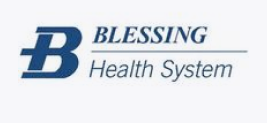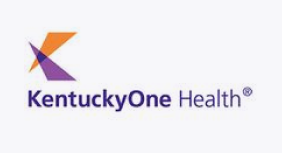April 29, 2022
3 Ways To Leverage Big Data For Healthcare

Big data earned its name because of its volume, complexity, diversity and timeliness. The emergence of the EMR gives physicians and hospital systems a very powerful ‘Big Data’ tool, and with it comes access to patient information and the ability to analyze new opportunities and a way to improve profits, patient relationships and healthcare as a whole.
Below, we outline three ways hospitals can leverage the EMR and Big Data for Healthcare purposes
What is Semantic Search and How Does it Apply To Hospitals?
Think about your last online shopping experience. You begin your search for a new coffee maker and the website suggests that you may also need other related items like coffee mugs, filters or single serving coffee pods. It might also pull up a coffee brand that you have recently been looking at online and place it at the top of the search query. This is a type of ‘Semantic Search’.
Digital Marketing for Health Systems
Wal-Mart has claimed that its Semantic Search engine has increased online shopping by 10-15 percent – amounting to more than a billion dollars.
Imagine taking advantage of this concept for patients. For example, if a potential patient searches on your website for an orthopedic specialist, then an automatic banner ads can be triggered to display the system’s rehab facilities and physical therapy services, ultimately driving the patient’s overall awareness of your system’s brand.
Timeliness & Patient Satisfaction
You may have notices that your local drive-thru menu board changes depending upon the day and time that you are there. This is probably a ‘Digital Menu’ and one of the things it does, by utilizing ‘big data’, is help restaurants cater to timeliness. For example, when a fast food chain experiences high volumes, the digital menu will highlight foods with shorter prep time in order to keep the line moving. But, when the line shortens, the menu will switch to one that features higher-margin items that take longer to prepare.
This same idea can be applied to a hospital system’s urgent care or ER – which usually see big and sudden changes in wait times. For example, when someone searches for the hospital’s urgent care address or phone number during the general busy parts of a day, the system can respond with advertisements for telehealth or alternate retail clinic locations. Further, the waiting rooms in these buildings can can be enhanced with digital signage that highlight the speed that a patient can be seen for their urgent care needs through alternate methods of care, like telehealth.
Population Health Management
The Los Angeles and Santa Cruz police departments use ‘big data’ to help predict crimes. These police departments, along with a team of educators and a company called PredPol used an algorithm that predicts earthquakes and reformulated it to assist with crime data. The software is able to predict where crimes are likely to happen and has resulted in a 33 percent decrease in burglaries and a 21 percent reduction in violent crimes within the areas the software is used.
This same type of analogy could allow hospitals systems to strategically locate their physicians and specialty types by diagnosis focus areas within their communities. For example, by noticing that certain patients within certain zip codes are more pre-disposed to certain conditions, which might be due to demographic reasons such as age, income, ethnicity etc. the hospital system can strategically locate physician specialties to treat that group.











